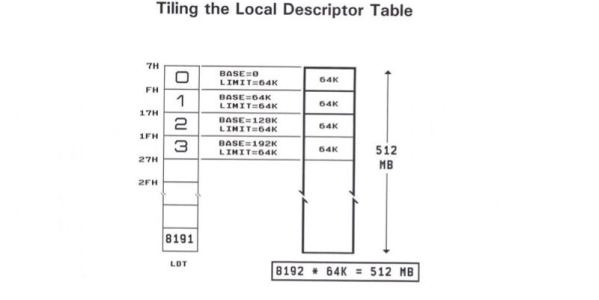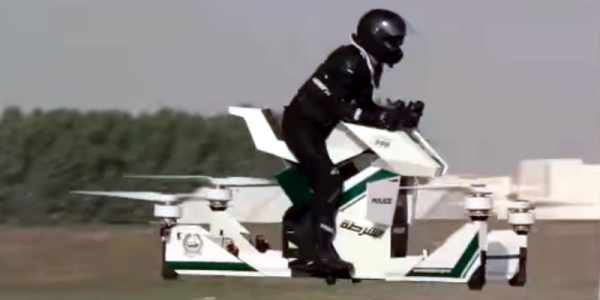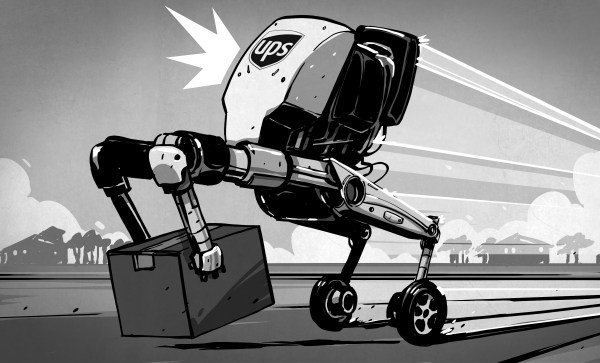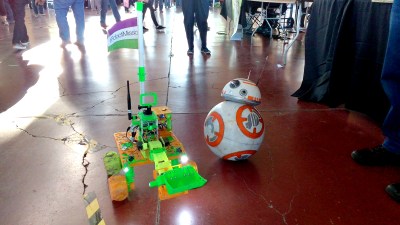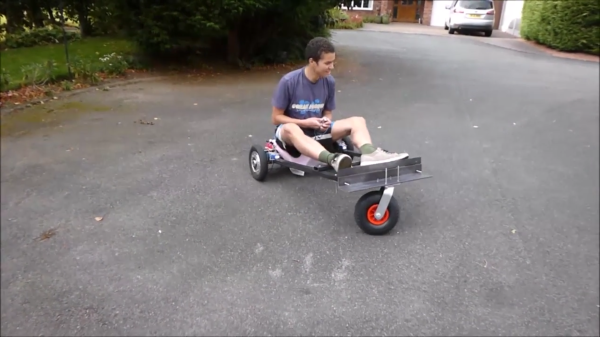The world runs on marketing hype. Remember the public relations swirl around the Segway? Before it rolled out we were led to believe it was going to be remembered as fire, the wheel, and Segway. Didn’t really happen. Microsoft and IBM had done something similar with OS/2, which you may not even remember as the once heir-apparent to MS-DOS. OS/2 was to be the operating system that would cure all the problems with MS-DOS just as IBM’s new Microchannel Architecture would cure all the problems surrounding the ISA bus (primarily that they couldn’t stop people from cloning it). What happened? OS/2 died a slow agonizing death after the Microsoft/IBM divorce. But for whatever reason [Ryan C. Gordon] decided to write a Linux emulation layer for OS/2 call 2ine (twine).
We like retrocomputing projects even if they aren’t very practical, and this one qualifies. The best analog for 2ine is it is Wine for OS/2, which probably has something to do with the choice of name. You might be ready to click away since you probably don’t have any OS/2 programs you want to run, but wait! The good news is that the post has a lot of technical detail about how Linux and OS/2 programs load and execute. For that reason alone, the post is well worth a read.

